Name Details:
Named By: Richard MacNeish
Named For:
Date Identified: 1949
Type Site: Southern Tamaulipas, Mexico
Palmillas
Cluster:
Commonly Utilized Material:
Date:
Cultural Period:
6,000 -3,000 B.P.
(***see additional comments***)
Middle to Late Archaic
Middle Holocene to Neoglacial
Glacial Period:
Culture:
Outline is Representative of Common Size and Shape:
Description of Physical Characteristics and Flaking Pattern:
This is a medium triangular to lanceolate expanding stem point with an elliptical cross section. The blade may vary from excurvate to straight. The shoulders are commonly at an upward angle, but may vary to horizontal, or slightly barbed. The shoulders may be weak on some examples. The stem may range from slightly expanding to expanding with a convex base
giving the stem a bulbous appearance. This
point has a random flaking pattern.
Size Measurements: Total Length - 30 to
60 mm (average 45 mm), Stem Length - 7 to 20 mm (typically 1/6 to 1/2 of the
total length, average 11 mm), Width - 17 to 40 mm (average 29 mm), Stem Width - 10 to 26 mm
(average 14 mm), Thickness - 5 to 10 mm (average 6 mm)
(Suhm and Krieger, 1954, MacNeish 1967).
Distribution:
Distribution Comments:
This point is primarily found in the Trans
Pecos Region from the upper Brazo River valley and the Trinity River
valley into central Texas and the eastern coastal plains.
Distribution extends into New Mexico and south into northern Vera Cruz
and eastern San Luis Potosi. This type is reported in the
Tehuacan valley, the Valley of Mexico, and Cueva de la Nopalera, Hidalgo. Found into southern Oklahoma,
southwestern Arkansas and northwestern Louisiana.

Related / Associated Points:
Additional Comments:
This point does not appear to concentrated in any one given region. This may be due to the fact that this type is poorly defined (Turner and Hester, 1985). The time period that
this point was used was widely defined as Middle to Late Archaic which may account for the wide variation in appearance and the non-specific definition of this type.
Suhm and Krieger note that this point is similar to the Williams point
stating that examples of Palmillas that fall outside the normal length could
be instead classified as Williams points.
*** Palmillas points are reported throughout central Mexico and have
been reported by Tolstoy and MacNeish in central Mexico. At Cueva de
la Nopalera Palmillas type points were associated with the preclassic period
and was found in level 4 (Primer Period 2,000 - 1,650 B.P.).
Other points in this Cluster:
Point Validity: Valid Type
Corbin was a pioneering anthropologist who was a professor at the Austin State University.
He was a moving force in documenting Spanish and French settlements in Eastern Texas and specialized in eastern Texas archeology. This point was named in a professional publication and has many professional
references. This is considered a valid type.
.
Age Details:
References: (See Reference Page, Entry Number):
8, 23, 30, 115, 178, 190, 193
Palmillas Projectile Point, Palmillas Arrowhead



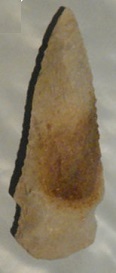
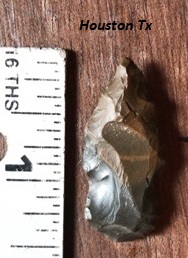
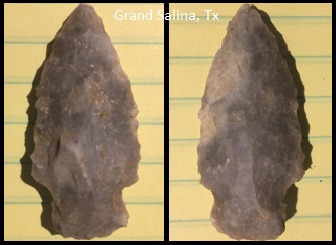
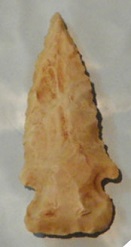
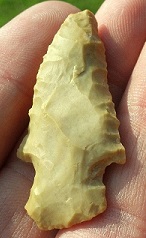
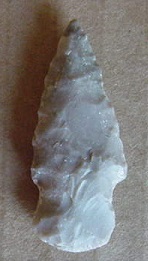
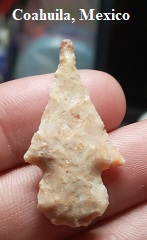
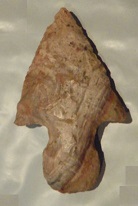

.jpg)